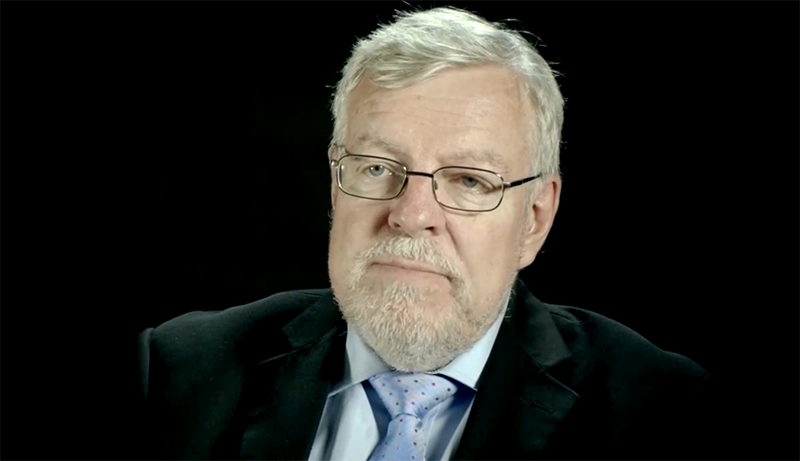
DEBATE. ”For whom the Doomsday Clock tolls”. On January 25, 2018, SVT News reported – in the Swedish public service television programme “Morgonstudion” – about the so-called ”Doomsday Clock” in the United States, which indicates how close we are to a nuclear war with the ensuing end to humanity, as well as to most other animals, plants and bacteria.
In addition, they spoke in the same broadcast about the ever faster spread of antibiotic resistance which will lead to two times more such cases in Sweden in 2030, and four times more such cases in 2050. Already today, an excess of 25,000 Europeans die prematurely in Europe, and SVT News pointed out that by 2050 the corresponding annual premature deaths worldwide will amount to approx. 10,000,000 people (other animal species not included).
As a scientist, formerly employed at the Karolinska Institute (KI) and the Royal Institute of Technology (Kungl Tekniska Högskolan; KTH), I have to point out that these figures may be too low.
Recently, Taheri and coworkers [cf. Ncbi.nlm.nih.gov/pubmed/28203122; see also Johansson O, ”Bacteria, mobile phones & WiFi – a deadly combination?”, Nya Dagbladet 31/5, 2017, have demonstrated that bacteria exposed to cellular and WiFi radiation became antibiotic resistant.
This risk is something I have been sharply trying to alert people to for decades, but I have usually spoken for completely deaf ears. If Taheri’s and collaborators’ findings are true then the 10,000,000 extra cases listed above may appear like lukewarm soup, and the United States ”Doomsday Clock” may in the future no longer have any function at all because there is no longer anyone who can press the red button …
I really hope humanity knows what it does when it continues to allow whole-body exposure to wireless mobile and WiFi communication radiation, this being the biggest full-scale biomedical experiment ever done to life on Earth.
And to SVT News, I say: Never forget that even your best news anchor consists of 90% bacteria cells! Maybe time to start listening and taking care of them …?
By Olle Johansson, associate professor
Related

 NewsVoice är en nättidning för oberoende nyheter, debatt och analys.
NewsVoice är en nättidning för oberoende nyheter, debatt och analys. 
